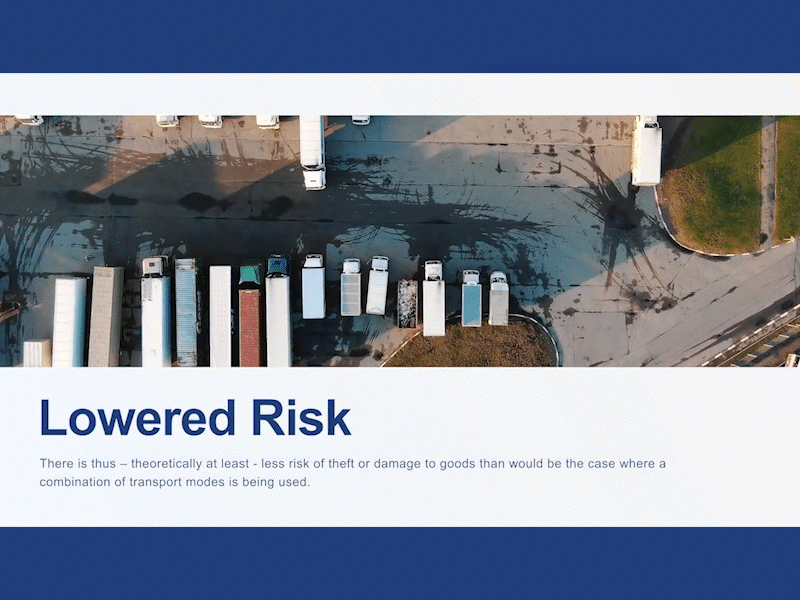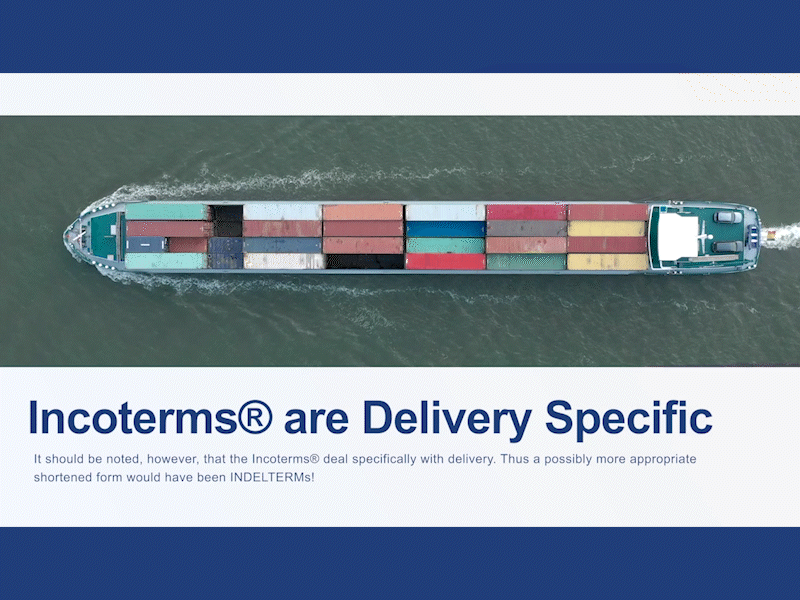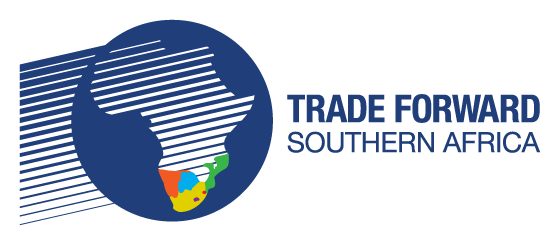Course 6: Export Financial Issues
Module: Currency Exchange Issues
Module Rating
Module 2 of 4
~32 minutes
4 Topics
Multiple Assessments

The currency exchange issues module focuses on the various currencies found within international trade. It also explains and compares hard currency, major currency, non-convertible currencies, soft currencies and exotic currencies. Thereafter it aims to explain foreign exchange markets and foreign exchange dealings. Once the learner understands the various exchange markets, currency exchange as well as the various factors and rates such as differences between bank selling and buying rates; spot and forward rates; forward exchange contracts and how they work; conventions for quoting exchange rates; indication and firm rates; the rationale for exchange control; regulations impacting the repatriation of export proceeds and how compliance is monitored; regulations impacting payment for imports and how compliance is monitored; regulations impacting foreign travel will be explained.
If you have not, check out Module 1, Module 2, Module 3, Module 4, Module 5, Module 6 and Module 7 which form part of Course 1: Export Foundation Training alternatively if you are up to date, click on the button below to start the module on Currency Exchange Issues.
Who is this Module for?
Businesses & Organisations
who have identified an opportunity to expand their product range into foreign trade markets
Governmental Organisations
looking to stay current on export readiness or require potential export assistance
Entrepreneurs & Individuals
with a basic understanding of the global trading environment looking to grow their knowledge of export readiness
Trade Consultants
looking to expand their knowledge of export readiness and the stages involved
Businesses & Organisations
running into business or product issues trying to expand to foreign trade markets
Currency exchange and currency exchange issues can be frustrating things to navigate. The Currency Exchange Issues start off by introducing foreign exchange transactions and teaching the learners how to differentiate between convertible and non-convertible currencies. Once the differences between non-convertible and convertible currencies, the module delves into the circumstances in which currencies with limited convertibility are used.
The Foreign currency exchange markets are discussed teaching you how to easily differentiate between spot transactions, and forward transactions and how to identify when to use which type of transaction appropriately.
Thereafter the module makes use of detailed examples to explain how a forward exchange contract/forward cover can remove the exchange risk underlying an international trade transaction. Examples of transactions will also be given to help the learner identify the differences between a bank’s selling rate and a bank’s buying rate, how they work and what function they share. Once the learner has a firm understanding of how to avoid exchange risk as well as the bank’s buying rate and the bank selling rate the module will move on to discuss the different ways in which learners are able to quote exchange rates internationally.
The module then discusses and explains why the US Dollar has formed the cornerstone of the worldwide currency exchange market. Once you have a full understanding of why the dollar is so widely used within the currency exchange market the module moves on to explain how different rates such as indication rates, firm rates and public rates work as well as how each of these rates differs from one another.
Thereafter the module moves on to discuss the concept and purpose of exchange controls, once the purpose and meaning of exchange controls have been explained the module will outline relating to exports and imports, ensuring that you have a comprehensive understanding of exchange controls.
The Currency Exchange Issues module will enable you to understand the international currency exchange market as well as how to accurately and safely quote for international transactions. Without this knowledge, you as an exporter would certainly open yourself and your company to currency exchange risk which could lead to significant financial repercussions. Safely navigating the international currency exchange market is integral to trading and exporting safely and effectively.
Topic 1: Understanding the foreign exchange market
Topic 2: Spot and forward transactions, and forward exchange contracts
Topic 3: Buying and selling rates and conventions for quoting exchange rates
Topic 4: Exchange control regulations
Currency Exchange Issues form part of the second stage of the TFSA School of Export’s newest learning modules focused on furthering the learner’s export knowledge. If you are looking for export assistance, this is your ultimate source. Every course and the subsequent module has been developed and curated by the International Trade Institute of Southern Africa and Trade Forward Southern Africa. The entire training course is free of charge and can be completed by individuals and organisations alike. If you know anyone that would be interested, share this module with them using the link below. We would also love your feedback, so drop us a review once you have completed the module.






